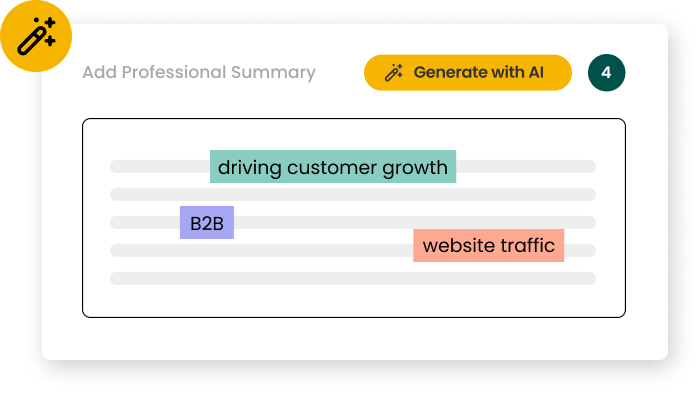How long should I make my Web Developer resume?
For Web Developers in 2025, a one-page resume is ideal, especially for those with less than 10 years of experience. This length allows you to showcase your most relevant skills and projects without overwhelming recruiters. Focus on highlighting your technical proficiencies, notable projects, and key achievements. Use concise bullet points and a clean layout to maximize space utilization, ensuring that every item on your resume adds value to your application.
A hybrid format works best for Web Developer resumes, combining chronological work history with a skills-based approach. This format allows you to showcase both your technical expertise and career progression. Include sections for technical skills, work experience, projects, education, and certifications. Use a clean, modern design with ample white space and a consistent font. Consider incorporating a small visual element, like a QR code linking to your online portfolio, to demonstrate your digital savvy.
What certifications should I include on my Web Developer resume?
Key certifications for Web Developers in 2025 include AWS Certified Developer, Google Professional Cloud Developer, and Microsoft Certified: Azure Developer Associate. These certifications demonstrate proficiency in cloud technologies, which are crucial in modern web development. Additionally, consider language-specific certifications like Oracle Certified Professional, Java SE Developer. List certifications in a dedicated section, including the certification name, issuing organization, and date of acquisition to showcase your commitment to ongoing professional development.
What are the most common mistakes to avoid on a Web Developer resume?
Common mistakes on Web Developer resumes include overemphasizing outdated technologies, neglecting to showcase problem-solving skills, and failing to quantify achievements. Avoid these by focusing on current, in-demand technologies and frameworks, highlighting your ability to solve complex problems, and using metrics to demonstrate the impact of your work. Additionally, ensure your resume is error-free and optimized for Applicant Tracking Systems (ATS) by using industry-standard keywords and a clean, parsable format.
